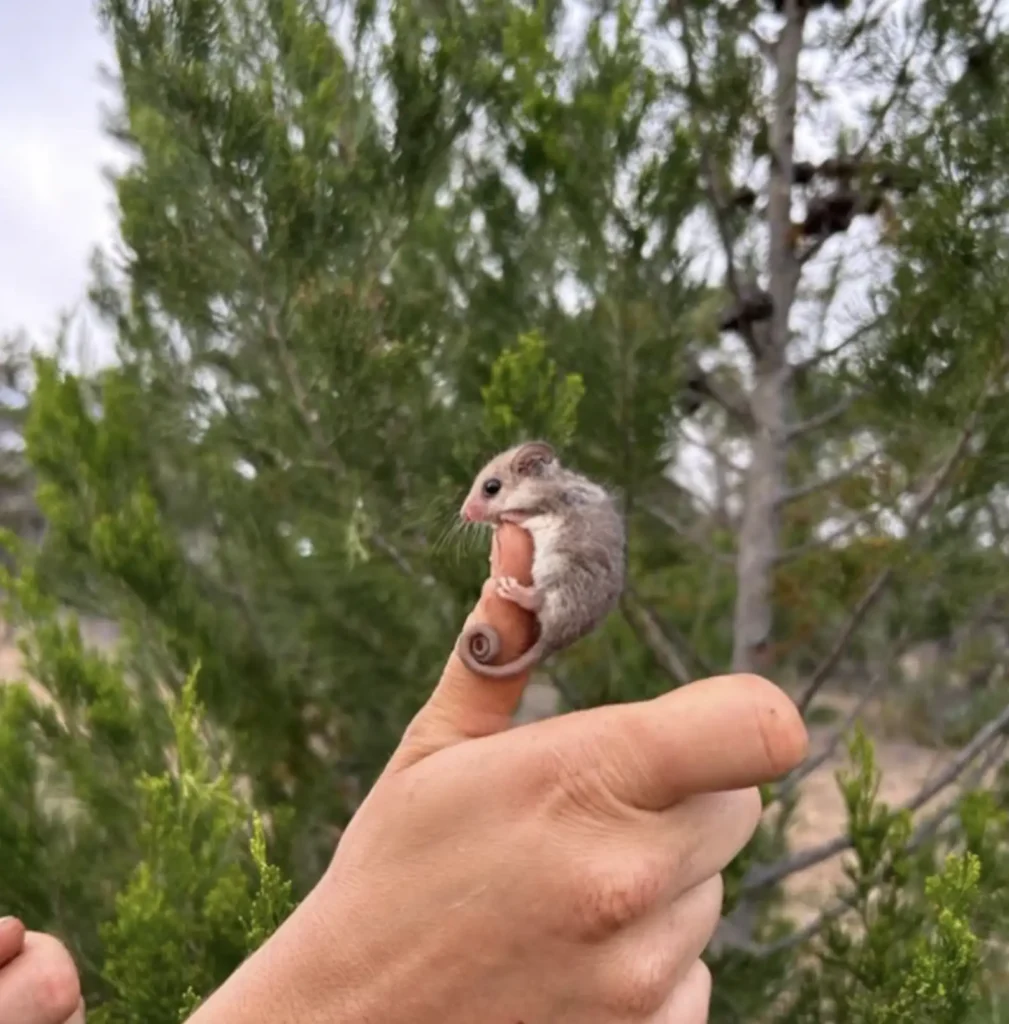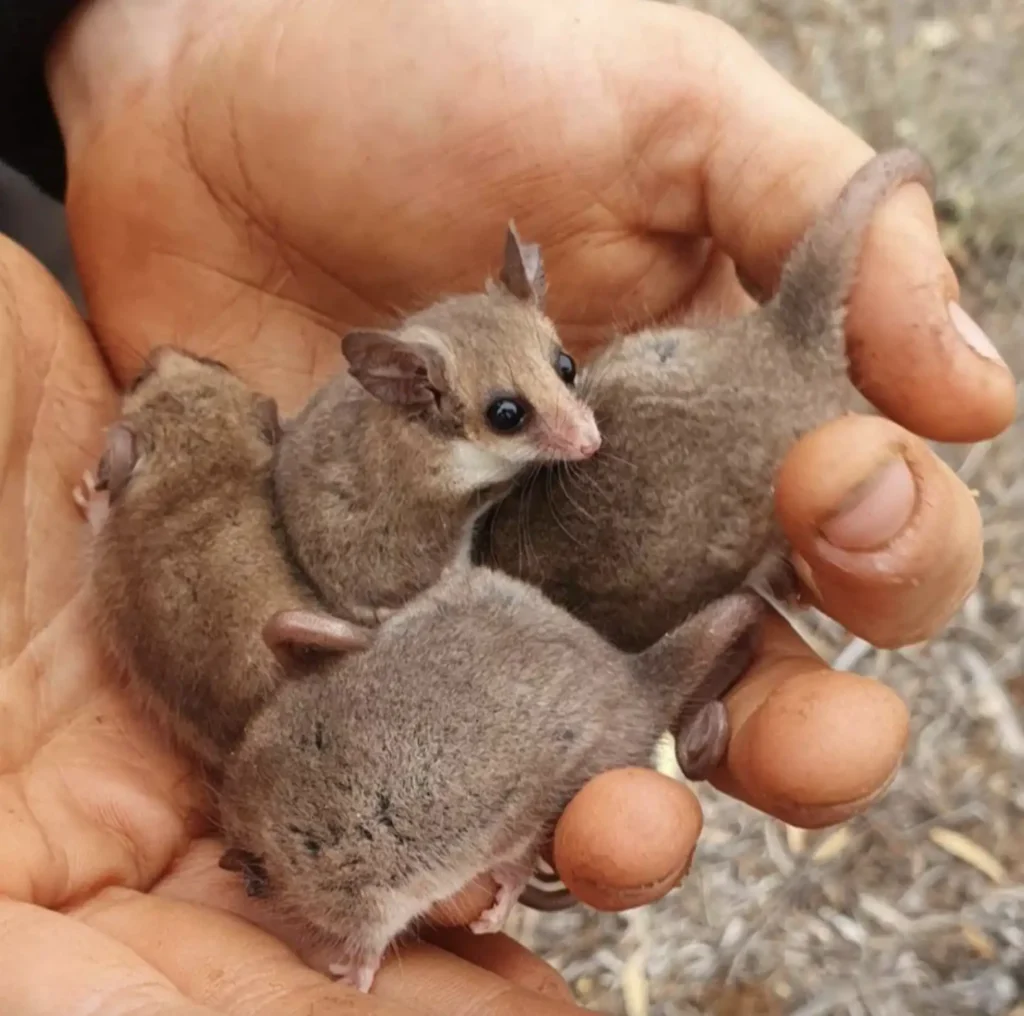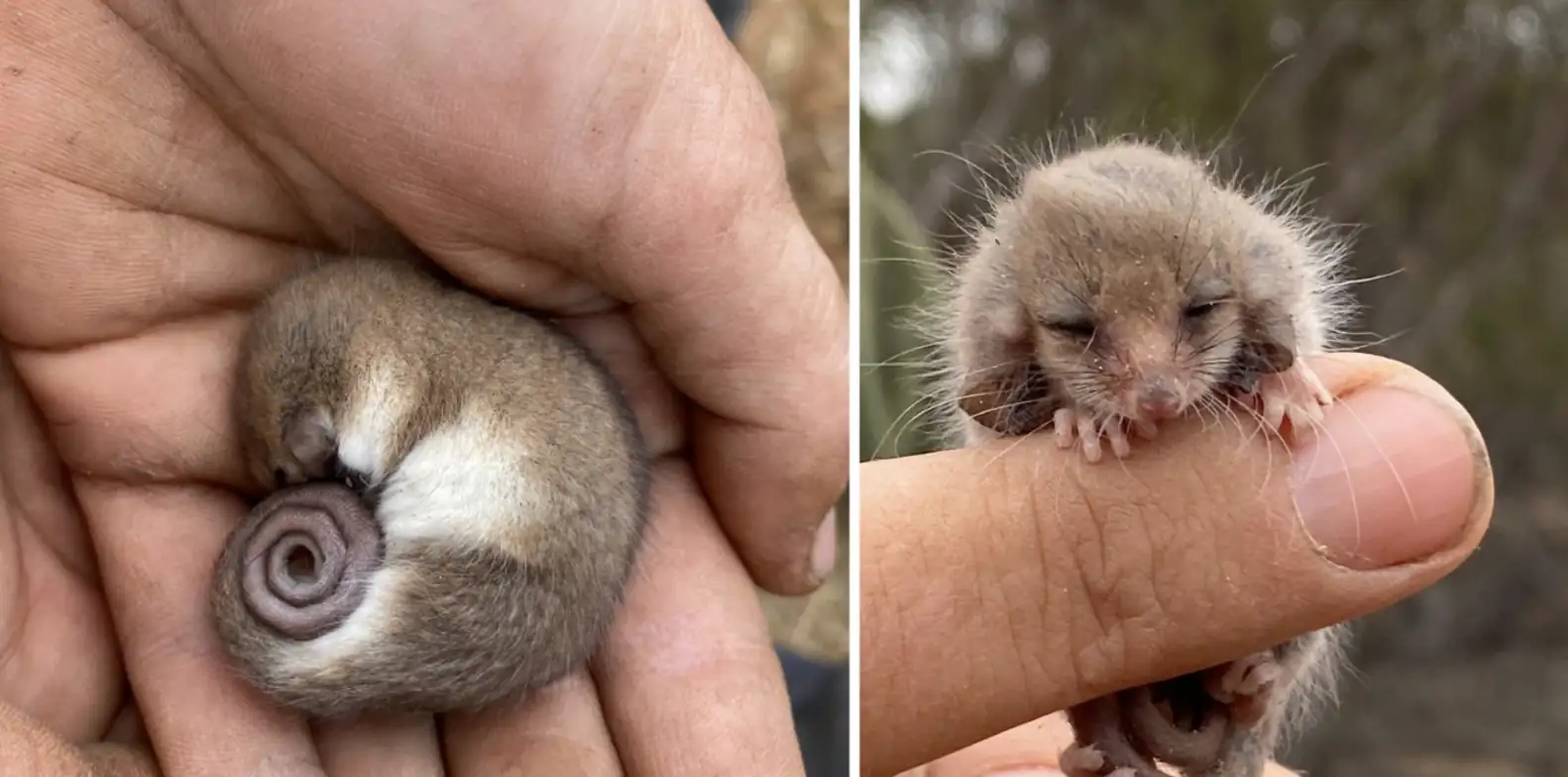“It nearly lit the team on fire with excitement!”
While patrolling the Australian Wildlife Conservancy’s Dakalanta Wildlife Sanctuary during an annual fauna survey, a research volunteer stumbled upon a tiny, enigmatic creature no larger than her thumb. Intrigued, she called for reinforcements.
“[She] excitedly exclaimed she had discovered a ‘sleepy mouse’ in her trap,” recounted Dr. Alexandra Ross, senior wildlife ecologist at the Australian Wildlife Conservancy.
Ross recounted that as researchers unveiled the true identity of this diminutive creature, it “unleashed a tidal wave of exhilaration among the team.”
“When the volunteer approached with the ‘sleepy mouse’ and I caught a glimpse of its unique ears, I immediately knew,” Ross described. “The entire team erupted with joy at the discovery of their very first western pygmy possum.”

In the wake of a historic drought between 2018 and 2019, native wildlife, including the Western pygmy possums, faced a precarious decline in numbers within the Dakalanta region.
During their latest survey, researchers cautiously anticipated encountering these elusive creatures, though they kept their hopes tempered. To their sheer amazement, they stumbled upon six possums in a single day, a feat deemed “unheard of” by Ross. By the survey’s conclusion, the tally had skyrocketed to 29 Western pygmy possums—a remarkable turn of events.
“With each additional possum, our spirits soared, igniting hope for the future of this species in the region,” Ross reflected.

The discovery of possums inhabiting a variety of habitats indicates a promising shift towards more resilient and hospitable ecosystems in the region.
Amidst significant environmental changes, these diminutive yet resilient possums have persevered. For Ross, their remarkable adaptability stands out as a beacon of hope.
“I’m continually heartened by the resilience displayed by our wildlife,” Ross remarked.
